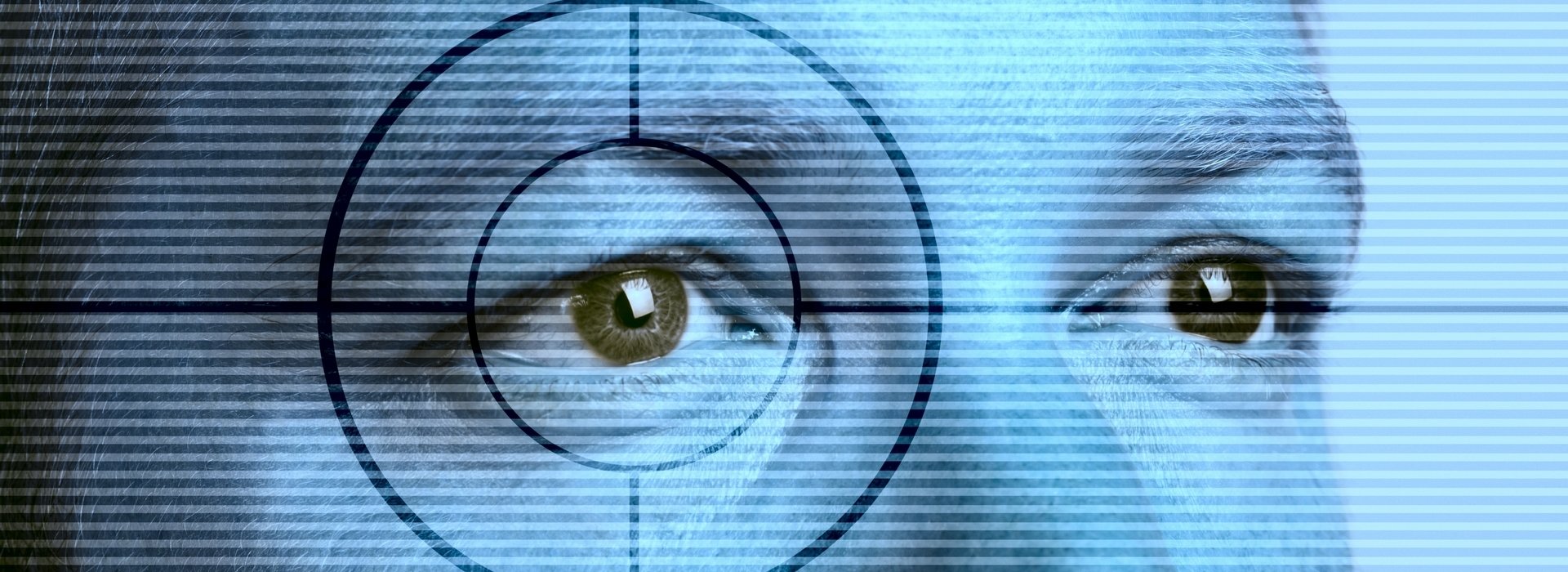

Among the eye diseases the farsightedness affects almost a half of the patients. There are several reasons for this problem, for example a small eyeball which goes with a short axle, a flat cornea or lens may also cause trouble, as well as an earlier surgery or an accident. It is interesting that usually we are born with a 2,4 diopter farsightedness, but this significantly decreases as our eyeball grows and when we are one year old then our eye gains normal light refraction, but in a large number of cases the hypermetropia stays.
We would not even think that a part of headaches is caused by the farsightedness, because these people who suffer from this disease the ciliary muscles have to constantly contract in order to see clearly thus the ciliary eye muscles are almost never at rest, in a calm state. But farsightedness may also develop in older age, the lens becomes more rigid, and as the radius body gets tired the acute vision adaptation decreases.
In case of farsightedness laser correction takes place on the anterior surface, that is the cornea is shaped in such way so that the flat surface becomes convex, and for that a convex lens is “built-into” the eye. With this the cornea’s curve increases, the light ray focuses in the visual cornea, thus in some areas the vision problems cease completely. The treatment range for farsighted patients extends up to +6,0 diopter.
The course of the surgery is the same as in case of the nearsightedness laser correction. Before the operation which lasts only a couple of minutes a series of drops will be placed into the eye of the patient in order to get them ready for the treatment, which will lightly numb the cornea of the eye and the patient will not feel any pain during the surgery. After the procedure the patient receives pain-killer eye drops and a bandage will be placed over the eye. Following the surgery the patient may fell mild stinging pain in the first two-three days until the cornea starts to heal. It is advisable to pay attention to the eye so that it does not contaminate, and swimming pool, dust and pets should be avoided. Next to regular check-ups the patient has to take antibiotics for about a week, and the usage of inflammation and scar retardant drops is advised for a month after the operation. The full recovery takes approximately two-three months, but the eye has to be protected even after this period of time from UV radiation, and wearing sunglasses is advised.